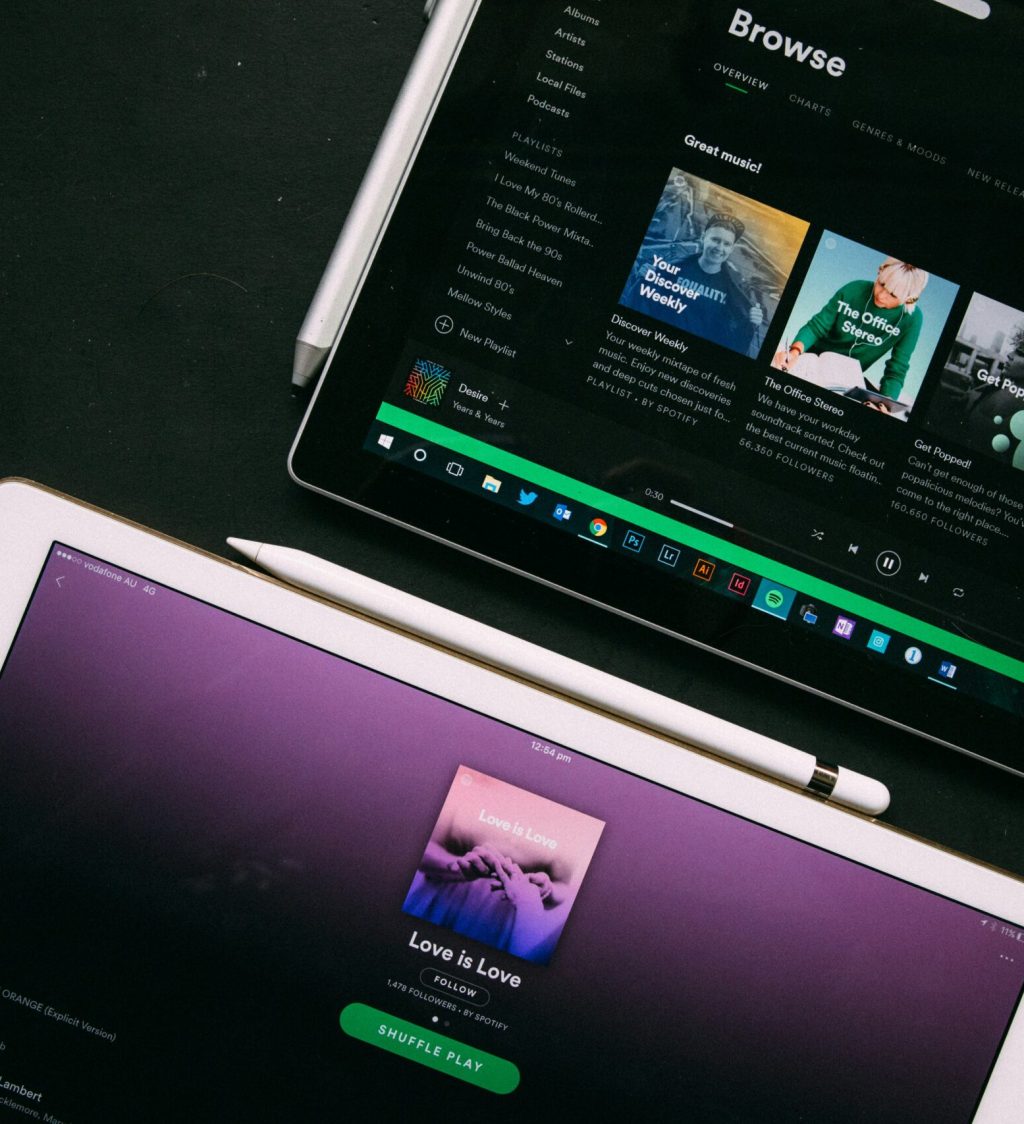Navigating Your Consumer's Lifestyle and Preferences
Lessons from Grab Food, Lazada, and Spotify
- August 30, 2024

Lifestyle is a constantly evolving thing in the world. 20 years back, smartphones, Facebook, and Zoom were unheard of. There was no such thing as online shopping or ride hailing applications. As the world changes, brands have to adapt to survive.
For this article, let’s zoom in on The Philippines.
Several years back. Malls lost foot traffic because of the pandemic. Brands had to strategize how to move their stocks. Some build a website. Some partnered with e-commerce sites. Some did both, plus an option for mobile transactions via Viber or other platforms. Now, the Filipino consumer is extremely active. A typical person is capable of engaging in a lot of activities in a day because of technology, hybrid work set-ups, and more commuting options.
According to data reportal, “there were 86.98 million internet users in the Philippines at the start of 2024, when internet penetration stood at 73.6 percent.”
In another study by TLC Worldwide Asia days that, “brands must continuously innovate and deliver fresher avenues to stay on the top of the mind to engage the Philippines’ predominantly young, mobile-first population. One way of doing this is to offer consumers a seamless transition from online to offline experience.”
Now, however, malls have regained the foot traffic they lost during the pandemic. In fact, an article by ABS updates that malls have become a go-to place for Filipinos because of the heat index.
So, as a brand, how do you stay relevant? Here are some examples:

Grab Food
During the pandemic, Grab and other delivery options were lifesavers to get even the most essential of things—food, medicine, toiletries. How does a brand like Grab adapt when people can now go outside?
One strategy they did was partner with food businesses, particularly micro, small, and medium enterprises (MSMEs), giving them technology which maintains their accessibility and relevance to consumers.
Consumers love options. Regional study of Grab pointed out that 9 out of 10 consumers now prefer brands with an integrated online-to-offline experience, a clear indication of the clamor for digital convenience as people dine in-store (Adobo Magazine, 2023) So, during that instance when they choose to stay-in, Grab is there to provide them with their preferred dishes.
Key takeaway: When there is a shift in lifestyle, evaluate how your brand USP applies to your customer’s current reality. Grab’s key strength is its platform’s technology, and they were able to make it relevant to their customers’ change in lifestyle.
Lazada: Mas Mabilis sa Lazada
While people regained access to the outside word, they became busier with more activities both for work and play.
Enter Lazada.
Post-pandemic, the brand launched a banner campaign titled #MasMabilisSaLazada, communicating its unbeatable fast and free shipping services, Lazada has further cemented its position in providing a superior online shopping experience for both sellers and consumers.
Elifestylemanila.com quoted Lazada CEO Carlos Barrera saying, “#MasMabilisSaLazada is all about making Filipinos’ lives easier and more convenient by delivering your parcels faster than anywhere else. We know how saving time, and getting your orders right away can make your life better–you can rely on us to keep serving your everyday needs at unbeatable speed, and making you experience ‘Mas Mabilis’ always,”
Key takeaway: Introduce new ways to see your brand. Now that people are more mobile, the campaign reminded people how Lazada could make things more convenient for their busy lives.


The Brilliance of Spotify
Spotify has managed to create an algorithm that continuously listens to the kind of music you prefer and suggest similar artists. This increases a consumer’s interest and usage, maintaining its relevance.
It has also adapted streaming offerings like audiobooks, podcasts (yes! Even its videos). In 2022, Spotify now has over 4.7 million podcast offerings. Cnbc.com quoted Ek in 2015 saying “We’re constantly trying to move forward with better product offerings, with better programming, with better curation,” told CNBC in 2015. “It’s really about moving faster than the rest, and I really feel we’re doing a pretty good job at it.”
Key takeaways: Constantly look for new ways to innovate your product and keep it interesting. Spotify could have stuck to what has already been working for them for the past years, but they choose to always innovate and adapt new things that resonate with their market.
Unlock weekly marketing insights from Your Monday Mentor
Your Monday Mentor is a weekly newsletter by BrandSpeakAsia, offering executives and decision-makers targeted insights and motivational content on marketing strategies and industry trends to kickstart their week.
SIGN UP TO OUR NEWSLETTER
Scan QR

